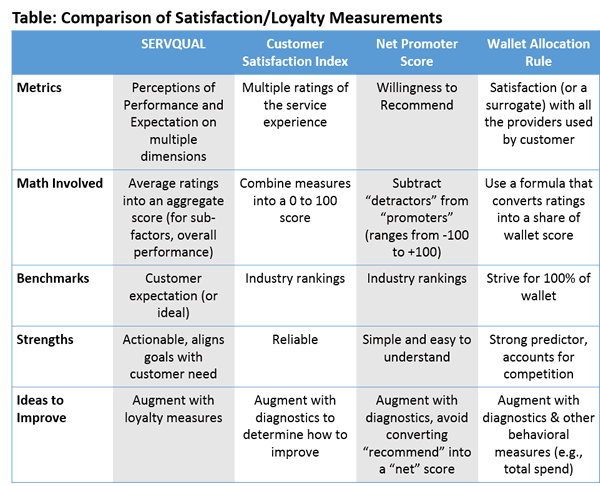On top of being incredibly important, the customer experience remains one of the hottest topics with an increasing attention for the digital customer experience in the overall customer experience management picture.
Customers, what they expect from businesses and how their behavior has changed are major driver of digital marketing transformation and even take center stage in many digital transformation projects overall.
Virtually everyone recognizes the importance of the customer experience and the role of individual experiences. At the same time people don’t always seek an “experience” but just a simple response to a simple question or the ability to get what they need without too much hassle. If you want to buy a piece of chocolate because you feel like eating one, you want to go into the nearest store and get it. Nothing more.
Even if we can debate whether this is an experience or not, a far more important question is how do we measure the customer experience? After all, if you can’t really measure something, even if it’s not perfect, it’s harder to optimize it. And the same goes for the improvement of the customer experiences we “design” and continuously “optimize” (and hope lead to good experiences in the eyes of the beholder, the customer).
The shifts in customer experience metrics
In a marketing context but also in contact centers and social customer service departments we see that the way people measure the customer experience is changing. NPS (Net Promoter Score) always was a big one. And customer satisfaction scores (CSAT, CSI). And, since several years now, thanks to the CEB we also use (and discuss a lot about) the Customer Effort Score.
In the contact center, where there is a shift from transactional metrics that say nothing and express how the contact center is still seen as a cost center (for instance, the number of handled calls) to more customer-oriented KPIs, we often see a mix of CSAT, Customer Effort and NPS, tailored to the individual business and customer context. It’s not a coincidence that we mention the contact center as the evolutions of measuring efficiency in there are really starting to revolve around the customer experience.
Measuring the customer experience: why consistency and a mix matter
Another issue when measuring the customer experience, in an end-to-end way, is of course that you need consistent ways of measuring across the company.
In other words: isolating the contact center and marketing, for instance, is not a good idea from a measurement perspective. And it’s not a good idea from other perspectives as well. The customer wants to be treated as a whole and doesn’t care about how we are organized. This doesn’t mean a single customer view alone is important. It’s about how you act upon the insights you gain to, among others, optimize the customer experience.
Forrester Research has been working with its CX Index™ for a while now. It evaluates loads of brands and how they do regarding customer experience. On the website of the index you can also “play a bit”.
Clearly Forrester understands content marketing as its blog, webinars, playbooks and interactive tools show. And to promote the CX Index™ (a new version came out) the company also created an infographic which it shared on LinkedIn and other channels.
So, what customer experience metrics matter? The infographic below shows a glimpse of what Forrester thinks. And, among others, it thinks – and we fully agree – that NPS and CSAT fail to measure “the full range of human experience”.
No metric alone is enough. A mix is probably best, depending on the context. So, maybe it’s also time to stop thinking “Customer Effort Score” versus “Net Promoter Score” (in the sense of “what should you pick”, not of “what are the benefits and disadvantages of them all”). As always, we feel that black and white thinking is not the best way to approach business (and life) questions.

SERVQUAL, CSI, NPS and WAR
Bonus: when looking for an image to post on top of this article, we stumbled upon the table below in a recent blog post from a company called Rockbridge.
The blog post is – contextually relevant in the scope of this article – titled “Measuring Customer Experience and Loyalty: Is there “One True Method”?“. More food for thought?

Net Promoter® and NPS® are registered trademarks and Net Promoter Score and Net Promoter System are trademarks of Bain & Company, Satmetrix Systems and Fred Reichheld.

